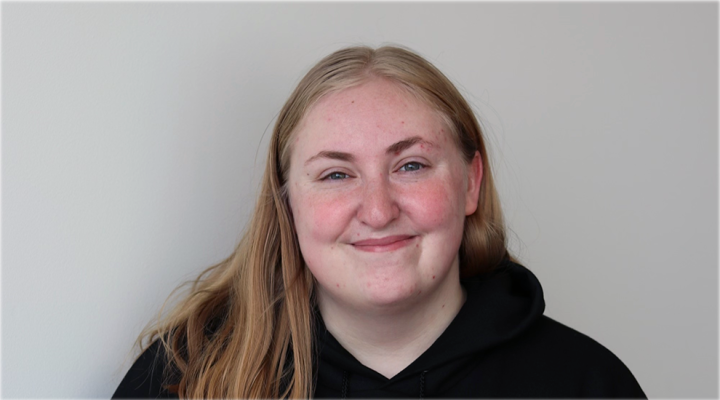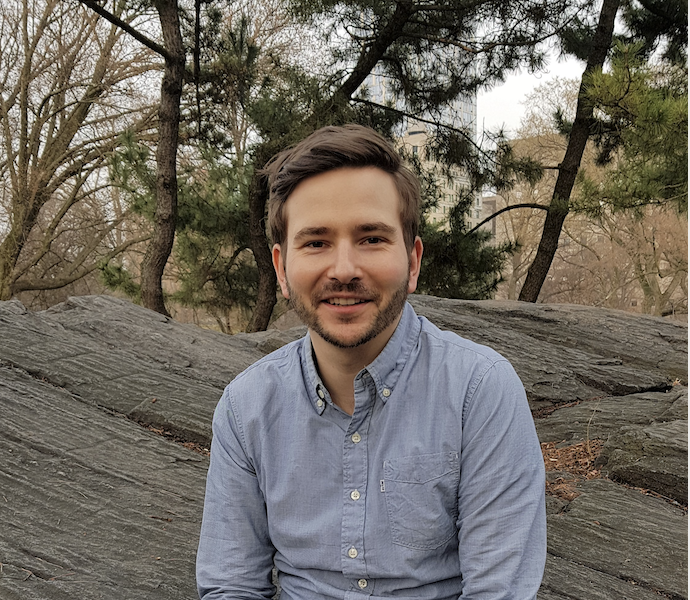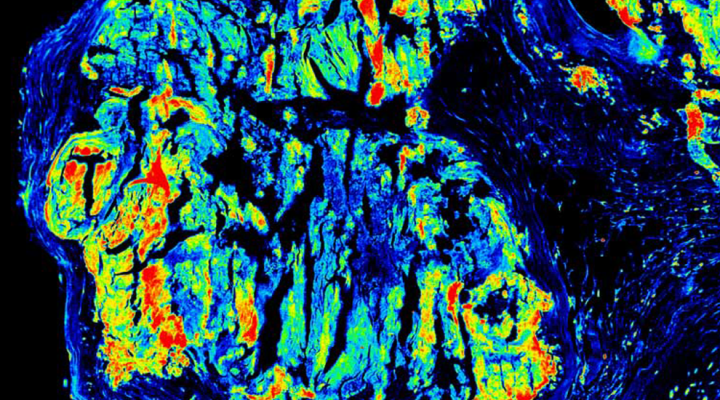Patrick Kastner did not come to Ithaca intending to earn a Ph.D. at Cornell. When he arrived in September 2017 it was as a Visiting Scientist in the lab of Assistant Professor Timur Dogan of the College of Architecture, Art, and Planning (AAP). Kastner earned his Bachelor of Science degree in energy engineering from the University of Erlangen-Nuremberg and his Master of Science degree in sustainable building science at the Technical University of Munich, and he was excited to spend a year working with Dogan.
The mission of Dogan’s Environmental Systems Lab is to “enhance the knowledge of sustainable architecture and urbanism through innovative educational programming and strategic research at the intersection of architectural design, engineering, computer science, and building performance simulation.” Kastner saw the ES Lab as the perfect place to contribute his expertise in sustainable building science while learning about other aspects of sustainable architecture and urbanism.
The year was a success, with Kastner and Dogan publishing two papers together.
They both saw the potential for further collaboration and Kastner decided to apply to Cornell’s Graduate School in order to pursue a Ph.D. in Systems Engineering. “Timur encouraged me to take a look at the Systems Engineering program,” says Kastner, “and he made the point that architecture, and specifically the work that we were doing together, is really a systems problem. He thought it might be a great fit for me.”
Now in the third year of his doctoral studies with Dogan, Kastner agrees: It has been a great fit. Kastner has focused his work on an environmental simulation software package called Eddy3D, which can simulate the outdoor thermal comfort in urban areas. As global warming alters weather patterns, experts are predicting some cities will experience longer and hotter heat waves, leading to severe discomfort and increased deaths. Kastner, Dogan, and others argue that how we construct buildings and plan neighborhoods and cities can have a huge impact on thermal comfort.
The materials a building is made of, the dimensions of the building, the spaces between structures, the density of a neighborhood or city, and many other factors all contribute to just how hot any particular location will feel. By taking all of these factors into account when designing buildings and neighborhoods, architects and planners can mitigate some of the looming issues cities and towns face when it comes to global warming.
Eddy3D combines some existing tools and databases with software written by Kastner and presents it in a user-friendly interface that allows architects and urban designers to test their designs in a matter of hours. In the past, this simulation testing process was often outsourced near the very end of the design process, when it is often too late to easily incorporate the results of the simulation. “At that point,” says Kastner, “the architects and designers have already made many important design decisions. If the engineers come back and tell them it doesn’t work, the architects then need to go back and make major changes to the design.”
Using Eddy3D, architects and designers can get feedback earlier in the process and it can take hours instead of days or weeks. The software is free to download and is already being used by architects and urban designers in industry and at universities around the world, including KPF, Buro Happold, Henning Larsen, Atelier Ten, Kieran Timberlake, and by researchers and educators at TU Munich, AIT, MIT, UPenn, University of Toronto, and Cornell.
Kastner is currently working on a feature that just may make Eddy3D ubiquitous in architecture and city planning offices around the world. As part of his doctoral studies, Kastner has taken classes in Artificial Intelligence and Machine Learning. “One of the approaches we are using to take the software a step further is applying Machine Learning methodologies to speed up our simulations even more,” says Kastner. “What is lacking right now in the software is actionable, instantaneous feedback. By incorporating ML methods, architects could get instant feedback on the consequences of each design decision.”
Another possibility further down the road would allow for Eddy3D to engage in generative design. An architect or urban planner could enter some parameters and allow the program to create a million different designs and then rate each design on a slate of criteria. The architect or planner could then very quickly get a sense of what the most effective design might look like and use that as the basis for their building or city design.
Kastner says his Systems Engineering doctoral studies have taught him a new way to approach problems and that whatever he does after earning his Ph.D. will surely be shaped by—and benefit from---this way of thinking. “Professor Oliver Gao’s class ‘Theory and Practice of Systems Architecture’ taught me a method for attacking any systems problem and coming up with a solution that meets the needs of the stakeholders” says Kastner. “This program has helped me learn how to take a step back and look at the bigger picture, and also the importance of taking a step closer and thinking about all of the tiny things that play a role in any system.”





